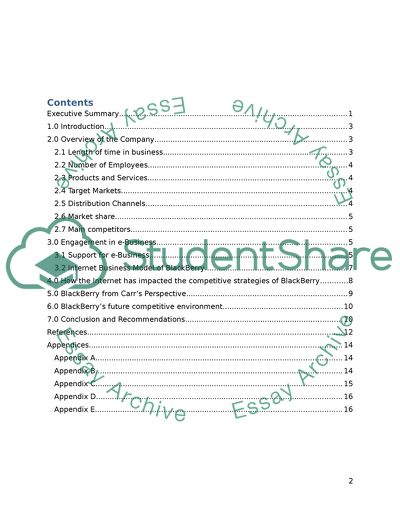Cite this document
(The Role of Information Technology in Influencing a Firms Business Research Paper, n.d.)
The Role of Information Technology in Influencing a Firms Business Research Paper. Retrieved from https://studentshare.org/information-technology/1816986-research-analyst-report-on-the-role-of-information-technology-and-the-internet-in-particular-in-influencing-a-firms-business-strategy-the-case-of-blackberry
The Role of Information Technology in Influencing a Firms Business Research Paper. Retrieved from https://studentshare.org/information-technology/1816986-research-analyst-report-on-the-role-of-information-technology-and-the-internet-in-particular-in-influencing-a-firms-business-strategy-the-case-of-blackberry
(The Role of Information Technology in Influencing a Firms Business Research Paper)
The Role of Information Technology in Influencing a Firms Business Research Paper. https://studentshare.org/information-technology/1816986-research-analyst-report-on-the-role-of-information-technology-and-the-internet-in-particular-in-influencing-a-firms-business-strategy-the-case-of-blackberry.
The Role of Information Technology in Influencing a Firms Business Research Paper. https://studentshare.org/information-technology/1816986-research-analyst-report-on-the-role-of-information-technology-and-the-internet-in-particular-in-influencing-a-firms-business-strategy-the-case-of-blackberry.
“The Role of Information Technology in Influencing a Firms Business Research Paper”, n.d. https://studentshare.org/information-technology/1816986-research-analyst-report-on-the-role-of-information-technology-and-the-internet-in-particular-in-influencing-a-firms-business-strategy-the-case-of-blackberry.


